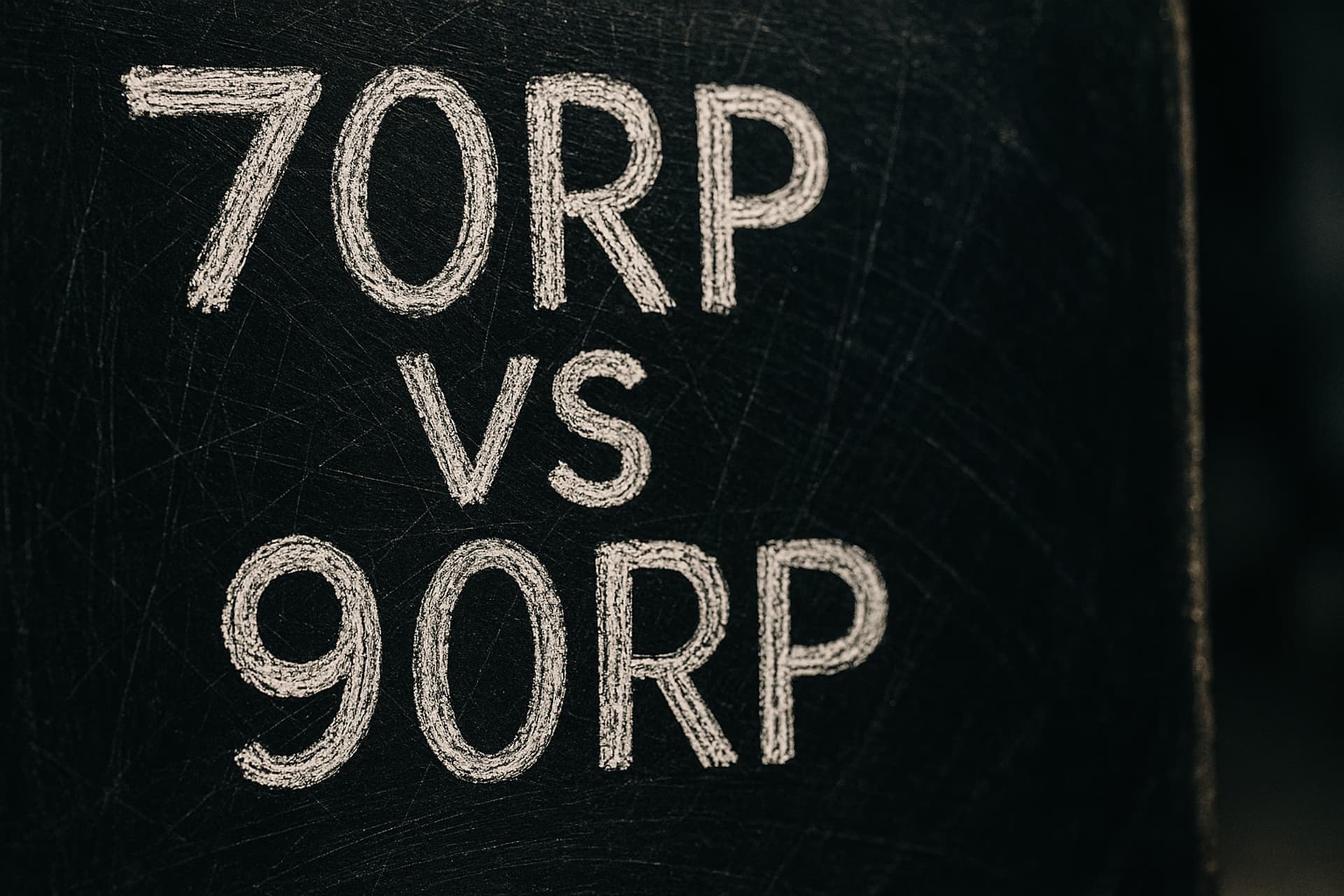National JC IP: 2025 Junior High Curriculum & DSA Criteria
Download printable cheat-sheet (CC-BY 4.0)30 Nov 2025, 00:00 Z
Q: What does the National Junior College IP guide cover?
A: How NJC’s Junior High sets up deep, interdisciplinary learning (SPIRE, STEAM, Advanced subjects) and what the current DSA-Sec selection criteria look like across sports, arts, and leadership.
TL;DR
• NJC’s Junior High delivers a customised 6-year programme emphasising ability-driven, broad-based and interdisciplinary applied learning to nurture deep learners, collaborative thinkers, and active citizens (Junior High IP overview).
• Every student experiences milestone research programmes—SPIRE and STEAM—and, in upper Junior High, can pursue Advanced Science, Advanced Inquiry in Mathematics, Advanced Humanities, Advanced Language Arts, and Man & Ideas to stretch disciplinary mastery (same source).
• The 2025 DSA-Sec exercise assesses passion, character, commitment to serve, and academic potential; talent domains include Sports & Games, Visual/Literary/Performing Arts (Band, Choir, Dance, Media), Student Leadership, STEAM, and Innovation & Entrepreneurship, each with detailed skill criteria and a four-year CCA commitment (DSA selection criteria). Criteria may change—refer to NJC’s page at application time.
Need a generic H1/H2/H3 + contrasting-subject explainer first? Start with: https://eclatinstitute.sg/blog/jc-subject-combination-guide-singapore.
Cross-check NJC’s offer against other IP campuses using our Integrated Programme school list so curriculum, fees, and admissions timelines stay side-by-side.
Quick facts for families
- NJC keeps all six IP years within the same college, starting with Junior High and ending in Senior High (Junior High IP overview).
- Every cohort completes SPIRE and STEAM projects, so research and presentation habits grow step by step (same source).
- Upper Junior High offers Advanced Science, Maths Inquiry, Humanities, and Language Arts so students can go deeper before JC1 (same source).
- DSA 2025 needs a four-year CCA promise; shortlist decisions weigh passion plus fit, not just medals (DSA selection criteria).
1 | Junior High learning philosophy
- NJC positions its IP around key talent-development models, aiming to “add value to the lives of others” through




